Health
Navigating the Maze of Controversy in Synthetic Urine
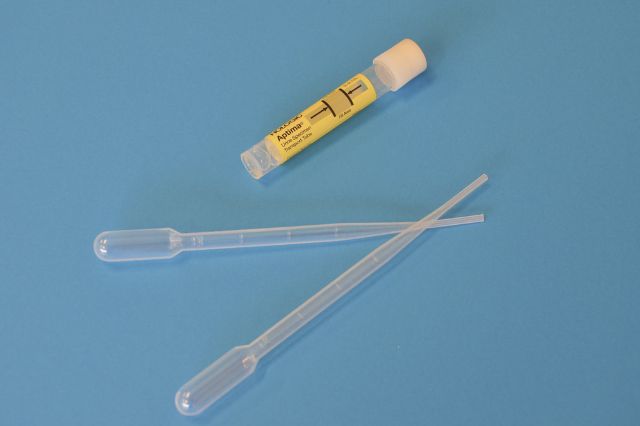
Synthetic urine is a controversial product that mimics the composition, appearance, and smell of real human urine. Marketed as a solution to help people pass drug tests, synthetic pee enables users to cheat on urine screens used by workplaces and legal systems. However, perspectives on the ethics of synthetic urine diverge sharply.
Proponents view it as a reasonable check against institutional overreach into private lives, while critics blame synthetic pee for enabling dangerous drug use and eroding trust. This article delves into the debate surrounding the best synthetic urine and examines the intended uses, concerns, and future of this substitute urine.
What is Synthetic Urine?
Synthetic urine is a liquid created in laboratories to duplicate the chemical properties of natural human urine. The main components include water, uric acid, creatinine, specific gravity, pH levels, and inorganic salts. Additional ingredients like urea and uric acid are added to match the chemical structure of pee.
Synthetic urine also contains the yellow-colored urobilin to mimic the appearance of genuine urine. A few drops of fragrance are added to imitate the ammonia odor of real pee. When created correctly, even lab technicians may be unable to distinguish synthetic from real urine.
The synthetic urine industry markets their products as a solution for fetish play and passing drug tests when real urine is unavailable or unsuitable. However, some moral and legal issues surround this potentially problematic product.
A Controversial Product
Synthetic urine is a polarizing product due to its association with cheating on urine tests. Workplaces and legal probation programs widely use urine tests to screen for drug and alcohol use. The availability of synthetic pee enables people to circumvent these systems.
However, some individuals argue that urine tests are an invasion of privacy. Companies test employees to reduce occupational hazards and minimize liability issues. The criminal justice system may require probationers to avoid drug relapses. Still, critics view enforced urine tests as excessive control over people’s private lives.
Views also diverge on whether synthetic urine should be illegal. Seventeen states in the US have banned the sale and use of synthetic urine kits to thwart tampering with drug tests. But manufacturers argue that their products have legitimate uses beyond cheating screens.
Intended Uses of Synthetic Urine
Urine Fetish Play
Synthetic urine catered to those in the urine fetish community who enjoy urolagnia for sexual excitement. Urine contains pheromones and biochemical compounds linked to sexual arousal. While viewed as taboo, pee play has existed for centuries. Practitioners value synthetic urine for clean, convenient, and discreet urination play.
Prank Props
Harmless pranksters employ synthetic pee for jokes and gags on unsuspecting victims. Its similarity to the real thing makes synthetic urine ideal for practical jokes.
Animal Repellent
The strong scent of synthetic urine wards off nuisance animals. Gardeners and homeowners use it as an organic, non-toxic animal repellent. The urine odor tricks critters into thinking a predator has marked the territory.
Medical Practice
Caregivers use fake pee to teach catheter insertion when real urine is impractical. The synthetic version provides an anatomically accurate demonstration.
Research Testing
Scientists utilize synthetic urine as a standardized solution for experiments. Having an abundance of reproducible urine samples saves time and expenses compared to collecting real pee.
Art Projects
Unique artists incorporate synthetic urine into provocative works of art meant to challenge social norms. In 2018, contemporary artist Cassils “urinated” synthetic pee for 30 days as a performance piece protesting discriminatory bathroom policies against transgender people.
Concerns Over Synthetic Urine
Despite some legitimate applications, most public attention fixates on using synthetic urine to cheat on drug tests. This section examines the problems attributed to synthetic pee.
Enables Drug Users
Critics argue that by helping drug users beat tests, synthetic urine allows unsafe substance use. However, evidence does not show that banning synthetic urine reduces drug use rates. Regardless, suppliers market their products mainly towards people aiming to hide drug use from employers or probation officers.
Safety & Health Risks
While marketed as similar to real urine, the chemical synthesis process may introduce harmful contaminants. Users risk exposure to toxic ingredients. Furthermore, attempting to smuggle synthetic urine into a supervised test increases the chances of getting caught. Punishments like probation revocation carry severe consequences.
Erodes Trust
The availability of synthetic urine erodes trust in institutions that rely on drug tests. Employers lose confidence in the system’s ability to identify dangerous substance use. Similarly, synthetic urine may make judges less willing to allow probationers or parolees to remain free in society.
Promotes Cheating Culture
Critics argue that synthetic urine contributes to a culture where cheating becomes normalized behavior. They believe that strict bans on products that enable deception will discourage dishonesty. However, societies have a long history of competitive ingenuity against imposed rules of conformity.
Economic Burdens
Drug testing programs cost significant taxpayer money to operate. Experts estimate over $3 billion is spent on workplace urine tests each year in the US alone. Synthetic urine adds to these expenses when more advanced detection methods become necessary or tests must be retaken after tampered results.
The Debate Around Synthetic Urine
Synthetic urine sits at the intersection of highly polarized social issues like recreational drug policies, testing ethics, bodily autonomy, and cheating behaviors. Debate rages around whether to prohibit, regulate, or ignore synthetic urine products.
Total Bans
Complete bans outlaw the sale, possession, and use of synthetic urine for any purpose. However, prohibition breeds underground markets without quality or safety controls. Bans also encroach on individual rights. While well-intentioned, enforced bans consistently fail at preventing human behaviors.
Regulation
Regulations allow synthetic urine but restrict high-risk applications like cheating drug tests. However, effective oversight is impractical. Safely conducting real lab testing on submitted products provides significant challenges. Outlawing specific marketing language seems an inadequate solution.
No Interference
The alternative view posits that freely available synthetic urine acts as a check against institutional overreach into private lives. Like cannabis legalization, access adheres to principles of personal autonomy, self-determination, and privacy rights. However, it ironically gives more freedom to drug users than non-users wanting to avoid invasive tests.
In summary, reasonably thoughtful individuals disagree on how to address synthetic urine in society. The heart of the controversy seems based on reconciling conflicts between institutional control, prohibitions, and individual freedoms. There are also disagreements stemming from work culture attitudes, ethical interpretations, and drug policies. With so many clashing perspectives at play, ready answers appear elusive.
The Future of Synthetic Urine
At least for now, synthetic urine remains widely accessible online and in smoke shops across most US states. Attitudes lean towards tolerance rather than restriction. However, trends point to stricter regulation against synthetic urine cheating as testing technology improves.
Several manufacturers already explore innovative formulas to beat advancing screen detectors. There may come a day when synthetic human urine gets manufactured indistinguishably from the real biological product. For now, the controversy surrounding this alternative pee seems destined to continue raging.
Conclusion
In conclusion, the best synthetic urine sits at the controversial intersection of recreational drug policies, bodily autonomy, cheating behaviors, and clashing ethical interpretations. The core debate crystallizes around issues of transparency versus privacy rights and institutional control versus personal freedoms.
Synthetic pee promises freedom for those feeling overmonitored but simultaneously erodes trust in systems reliant on drug test results. These thorny, polarized trade-offs mean ready answers seem out of reach. But with drug screening embedded in modern institutions, the alluring promise of undetectable artificial urine looks unlikely to fade anytime soon.
Health
Wheelchairs: Types, Functions, Advantages, and Recommendations for Choosing
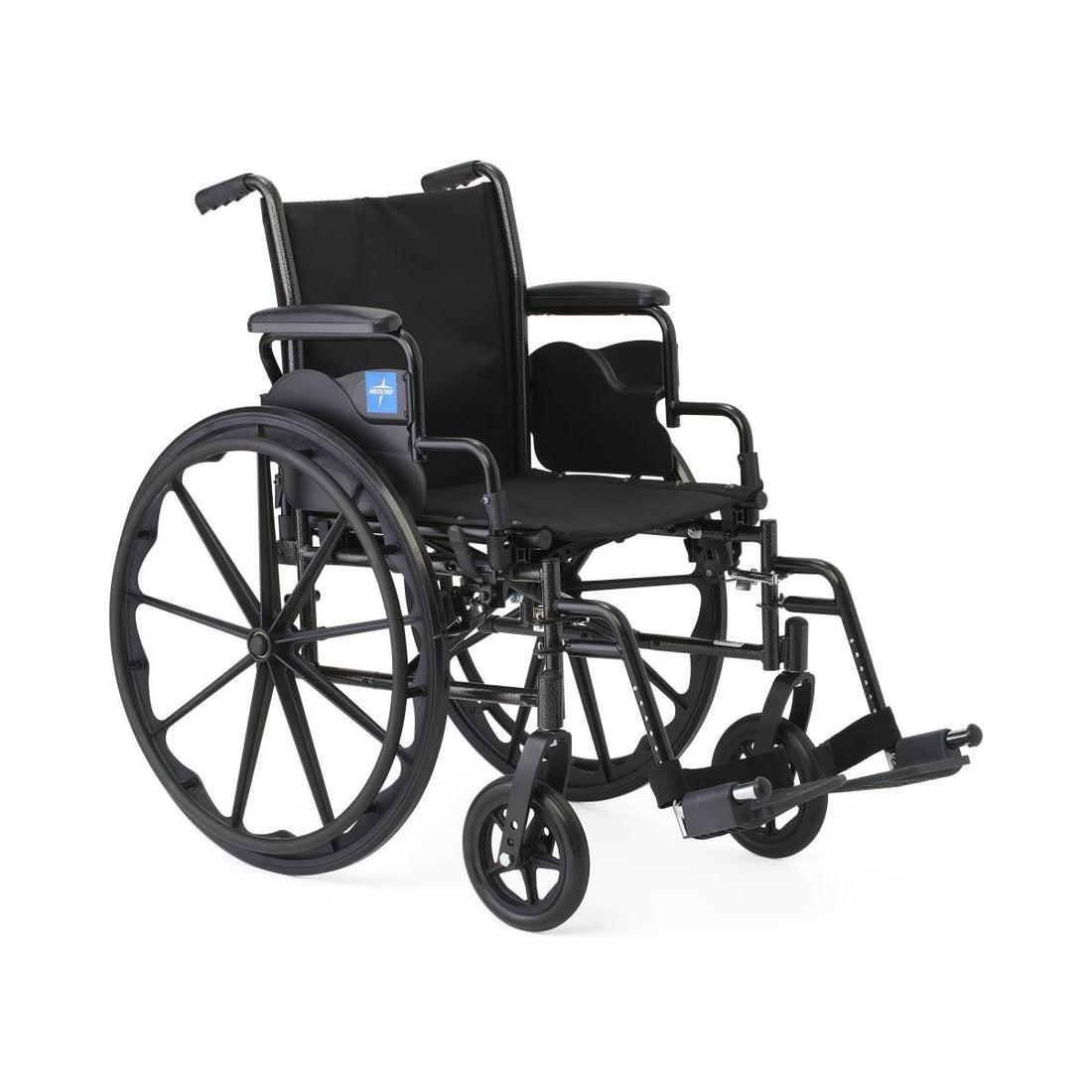

Wheelchairs are an essential means of transportation for people with disabilities, helping them maintain mobility, independence, and improve their quality of life. They provide comfort and convenience in everyday life, allowing users to be active and independent.
Let’s explore the different types, functions, and advantages of wheelchairs, and provide recommendations on how to choose the right one.
Types of Wheelchairs
There are several types of wheelchairs, each with its own characteristics and purpose:
1. Mechanical.
Mechanical or manual wheelchairs are propelled by the user or an assistant. They are simple in design, lightweight and affordable.
Advantages:
- Light weight.
- Easy to use and maintain.
- Relatively low cost.
- Do not require power supply.
Disadvantages:
- Require physical effort to move.
- Limited speed and range of movement.
- Not suitable for people with limited hand strength.
2. Electric.
Equipped with a motor and controlled by a joystick or remote control. They are suitable for people with disabilities who cannot move the wheelchair on their own.
Advantages:
- Easy to operate.
- Ability to travel long distances.
- High level of comfort and support.
- Suitable for users with reduced mobility.
Disadvantages:
- High cost.
- The need for regular battery charging.
- Large weight and dimensions.
3. Sports.
Sports wheelchairs are designed for active users who play sports or lead an active lifestyle. They have a lightweight and durable design, with special wheels and accessories to improve maneuverability and speed.
Advantages:
- Lightness and maneuverability.
- Strength and durability.
- Suitable for an active lifestyle.
Disadvantages:
- High cost.
- Not always suitable for everyday use.
4. Children’s.
Children’s wheelchairs are specially designed for young users with disabilities. They take into account children’s physiological characteristics and provide a high level of comfort and safety.
Advantages:
- Adaptation to the needs of children.
- Adjustable components for child growth.
- High level of comfort and safety.
Disadvantages:
- Limited period of use due to the child’s growth.
- High cost of specialized models.
5. Wheelchairs for an active lifestyle.
Designed for users who lead an active lifestyle despite physical limitations, including work, travel, and sports. They combine lightness, maneuverability, and comfort.
Advantages:
- High maneuverability and lightness.
- Suitable for an active lifestyle.
- Convenient for traveling.
Disadvantages:
- May be less comfortable for prolonged use.
- High cost.
You can find a wide range of wheelchairs from world-famous brands: https://medsupplycart.com/
Functions of Wheelchairs
They perform several important functions that help users maintain independence and improve their quality of life:
- Mobility. Their main function is to ensure the mobility of the user, allowing them to move around at home, at work, and on the street.
- Support. They provide the necessary support for people with disabilities, helping them maintain proper posture and avoid injury.
- Comfort. They provide comfort through ergonomic design, adjustable seats and backrests, and additional accessories such as armrests and footrests.
- Independence. Wheelchairs help users maintain their independence, allowing them to perform daily tasks and engage in social activities independently.
Advantages of Wheelchairs
Wheelchairs have several advantages that make them indispensable for people with disabilities:
- Improved quality of life. They help users lead an active lifestyle, participate in social activities, and maintain independence.
- Reducing physical activity. They reduce the physical load on a person with disabilities, allowing them to move around effortlessly.
- Improved safety. Ensure user safety by helping to avoid falls and injuries.
- Comfort and support. Provide comfort and support, helping to maintain proper posture and avoid pain and discomfort.
Recommendations for Choosing a Wheelchair.
- Identification of needs. Before choosing a wheelchair, it is important to identify your needs and requirements. Consider your lifestyle, activity level, physical abilities, and medical needs.
- Consultation with a specialist. Consult your doctor or rehabilitation specialist. They can help you determine which type of wheelchair is best for your needs.
- Read reviews and ratings. Read reviews and ratings of different models. This will help you find a reliable and comfortable wheelchair that meets your needs.
- Test the wheelchair. Be sure to try it out before you buy. Make sure it is comfortable, easy to operate, and meets your needs.
- Warranty and service. Check the warranty terms and availability of service centers in your area. This will ensure timely repairs and maintenance.
Wheelchairs are an important means of transportation for people with disabilities. They help maintain mobility, independence, and improve quality of life. Choosing the right wheelchair depends on the needs and requirements of the user, as well as the conditions in which it will be used. Consultation with a specialist, reading reviews and testing will help you make the right choice and ensure maximum comfort and support.
Beauty
How to Test for Acne
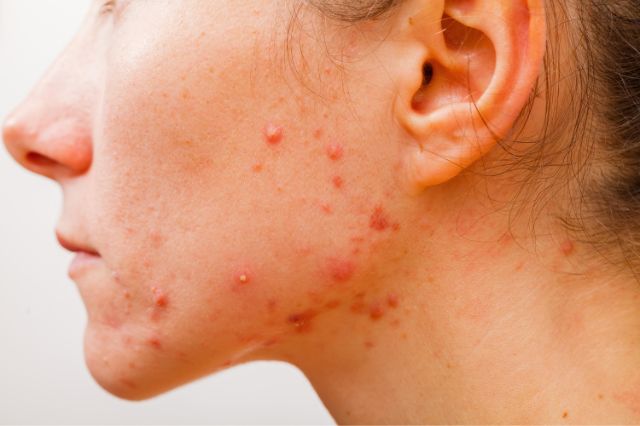

Acne is the most common skin issue in the United States, affecting an estimated 50 million people. Although most prevalent in teenagers and adolescents, adult acne is a problem affecting men and women throughout their adult lives.
So, how do you know if you suffer from acne, and how do you find out what is causing it? Let’s take a closer look.
What is acne?
Acne is a skin condition that predominantly leads to spots and oily skin. It most typically occurs on the face, back, and chest. Acne is often linked to a change in hormone levels during puberty but can start at any age.
Some people only experience mild symptoms of acne that do not require treatment, whereas others struggle with more severe issues.
What are the main symptoms of acne?
Although everyone’s skin is different, some of the most common symptoms of acne are:
- Crusting of skin bumps
- Cysts
- Papules (small, red bumps)
- Pustules (small, red bumps that contain white or yellow pus)
- Redness around skin eruptions
- Scarring of the skin
- Whiteheads
- Blackheads
The symptoms of acne most commonly occur on the face, although they can also manifest themselves on the shoulders, back, arms, chest, and buttocks.
How is acne diagnosed?
If you suspect that you may have acne, you can make an appointment with your doctor, who will be able to give you an official diagnosis. In most cases, they can do this simply by examining the skin without the need for any testing.
Alternatively, you could book an appointment with a dermatologist, although this is unlikely to be covered by your health insurance.
What tests are available for acne?
If you struggle with chronic acne and would like to find out more about what is causing your skin to break out, you might want to consider requesting a blood test for acne.
Although this can be carried out by your doctor, it would be better to work with dermatologists and skin experts who can administer an in-depth test to see what is going on underneath the surface of your skin.
There are lots of different biomarkers that can be checked to see what is causing the acne on your skin, such as:
- Blood glucose
- Kidney function
- Electrolytes
- Inflammation
- Vitamins and minerals
- Liver function
- Thyroid
- Hormones including testosterone, estrogen and progesterone
- Gallbladder function
It is highly unlikely that your doctor will check all these elements of your health when doing a blood test as it is expensive to do. However, this can leave you with even more unanswered questions. However, when you undergo full testing, you can find the root cause of your acne and make any necessary changes to your lifestyle, diet, and skincare routine.
You can order acne health skin care home test kits that are delivered directly to your doorstep, which require you to take a sample and post it back to the lab. Alternatively, if you do not feel comfortable doing this, you can make an appointment with a private clinic.
What triggers acne outbreaks?
There are lots of things that can trigger an acne breakout, including:
- Hormonal changes such as puberty, menstrual periods, pregnancy, birth control pills, and menopause.
- Certain medications, such as steroids and testosterone.
- Birth control devices such as drug-containing IUDs.
- Excessive touching of the skin.
Although many people believe that a poor diet can contribute to spots, there is little evidence to suggest that eating sugary foods such as chocolate and candy causes spots.
What are the best treatments for acne?
Depending on the severity of your symptoms, there are several treatment options available. For mild cases, it can be a good idea to start with a good skincare regime that includes cleansing, moisturizing and gentle exfoliation.
For more stubborn spots and blemishes, over-the-counter treatments that contain salicylic acid or benzoyl peroxide can be effective. However, these can cause redness, drying, or excessive peeling of the skin in some people.
Lastly, for those who have severe symptoms of acne, there are several treatments that your doctor may be willing to prescribe, such as oral and topical antibiotics and prescription formula sulfur, resorcinol or salicylic acid.
Final thoughts
Acne, both in adolescence and adulthood, can have a seriously detrimental effect on your self-esteem. Fortunately, you do not need to suffer in silence as there are tests and treatments available, with options for all ages and skin types.
Health
When to Know Your Sore Throat Needs Urgent Attention
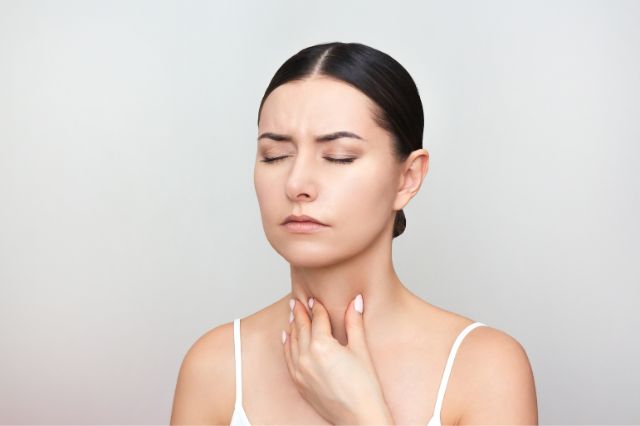

Sore throats are incredibly common, especially in children, and, in most cases, are nothing to be concerned about. However, sometimes they are a sign of something more serious.
If you have a persistent sore throat or your child keeps complaining of having a sore throat and you are starting to worry, it can be a good idea to know when a sore throat requires urgent attention.
What are the most common causes of a sore throat?
Most colds are caused by a virus, such as the common cold or seasonal flu. However, there are other potential causes, including:
- Allergies
- Bacteria
- Dry air
- Exposure to pollutants, excessive dust or chemicals
- Smoking or exposure to second-hand smoke
Could my sore throat be a sign of throat cancer?
In rare cases, a sore throat can be a sign of cancer in the throat, which affects around 1% of the adult population. There are several different types of throat cancer, including nasopharyngeal cancer, glottic cancer, and oropharyngeal cancer.
As mentioned above, it is very unlikely that your sore throat is a symptom of having throat cancer, although it is important to know that it could be. Some of the most common signs and symptoms of throat cancer include:
- A cough
- Changes in your voice, such as hoarseness or an inability to speak properly
- Difficulty swallowing
- Ear pain
- A lump or sore that does not heal
- Weight loss
It is also worth knowing the factors that increase your risk of throat cancer, such as being a smoker or chewing tobacco, excessive alcohol consumption, viral infections such as HPV, and exposure to toxic substances.
Do I have strep throat?
Strep throat is a bacterial infection that makes your throat feel sore and scratchy. This infection only accounts for a small percentage of sore throats, however, if left untreated, it can cause issues including inflammation of the kidneys and rheumatic fever.
Strep throat is most common in children, although it can occur in adults as well. If you suspect that you or your child has strep throat, make an appointment with your doctor as soon as possible.
Some of the most common signs of strep throat include:
- A sore throat
- Chills
- A headache
- Loss of appetite
- Abdominal pain
- Nausea and/or vomiting
It is worth knowing that strep throat does not normally cause a cough, so if you have this symptom, you are more likely to have a viral infection.
Is a sore throat a symptom of COVID?
While a sore throat can be a symptom of COVID, it is not as common as a fever and a dry cough. However, if your sore throat is a result of COVID-19, it might feel:
- Dry
- Painful when you swallow
- Scratchy or itchy
If your sore throat is accompanied by a fever, headache, and a dry cough, you may want to take a test to rule out COVID.
What symptoms indicate that a sore throat requires medical attention?
A viral sore throat should start to show signs of improvement within five days. If you or your child has had a sore throat for longer than this time and are not responding to over-the-counter treatments, it can be a good idea to book an appointment with your doctor.
However, if your sore throat has persisted for a long time, seems too severe or you have other worrying symptoms, it may require urgent medical attention. Concerning symptoms that require immediate investigation include:
- Blood in your saliva or phlegm
- Dehydration
- Difficulty breathing or swallowing
- Excessive drooling, especially in young children
- Joint pain or swelling of the joints
- A high fever (over 101 Fahrenheit)
- Chills and body aches
- A rash or hives on your body
- Earache
- Hoarseness that lasts more than two weeks
- Unexplained weight loss
Final thoughts
When it comes to any persistent or worsening symptoms, including a sore throat, it is always better to be safe than sorry and seek medical advice. If your sore throat is accompanied by any other worrying symptoms as detailed above, you should seek medical attention as quickly as possible.
In most cases, your sore throat will go away on its own with time and rest or you may require antibiotics if you have a bacterial infection.
-



 Captions3 years ago
Captions3 years ago341 Sexy Captions to Fire Up Your Instagram Pictures
-



 Captions3 years ago
Captions3 years ago311 Night Out Captions for Instagram and Your Crazy Night
-



 Captions3 years ago
Captions3 years ago245 Saree Captions for Instagram to Boost Your Selfies in Saree
-



 Captions3 years ago
Captions3 years ago256 Best Ethnic Wear Captions for Instagram on Traditional Dress
-



 Captions3 years ago
Captions3 years ago230 Blurred Picture Captions for Instagram
-



 Captions3 years ago
Captions3 years ago275 Deep Captions for Instagram to Express Your Thoughts
-

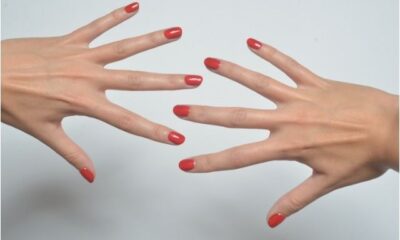

 Quotes3 years ago
Quotes3 years ago222 Nail Captions for Instagram to Showcase Your Fresh Manicure
-



 Captions3 years ago
Captions3 years ago211 Laughing Captions for Instagram | Laughter Is the Best Medicine







